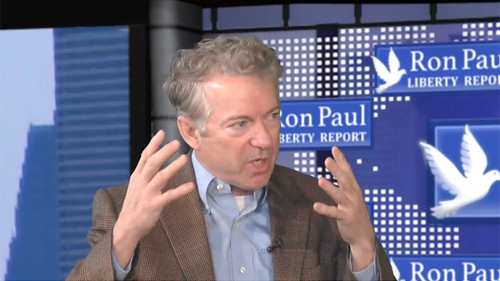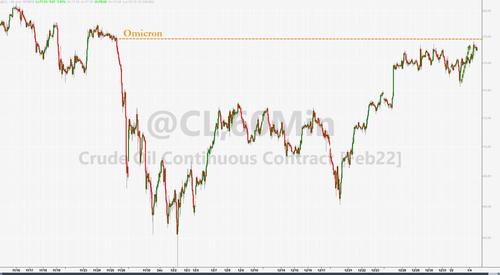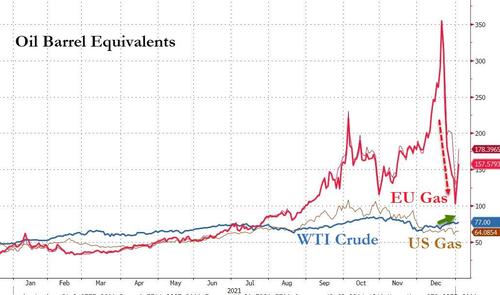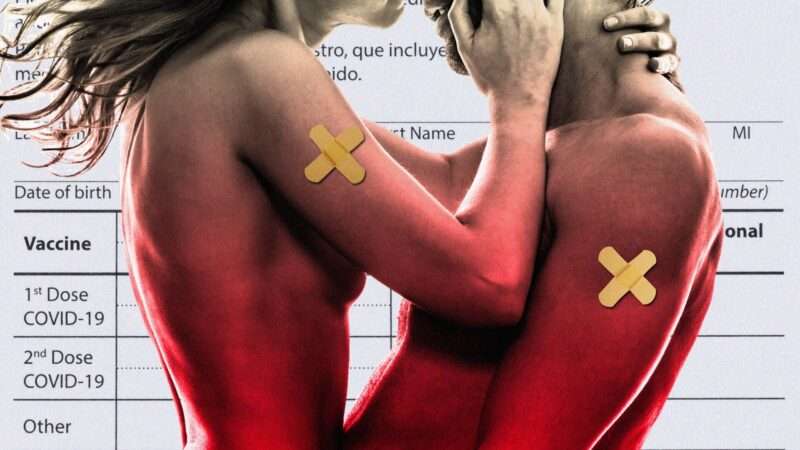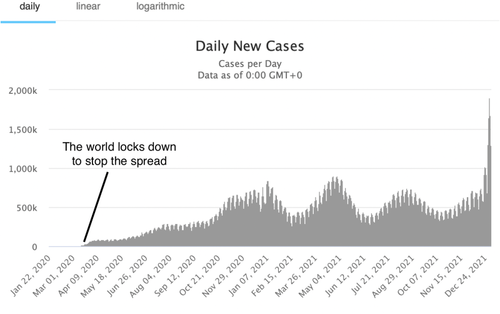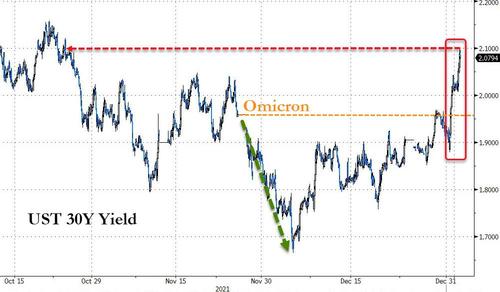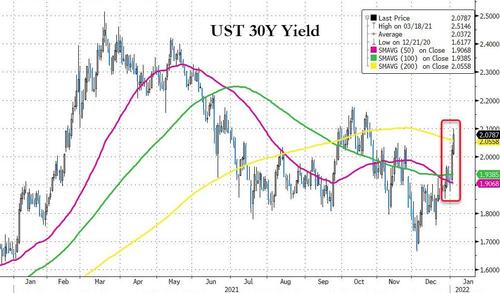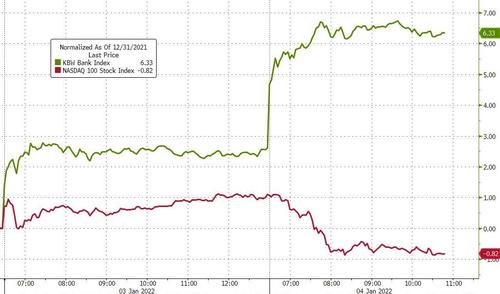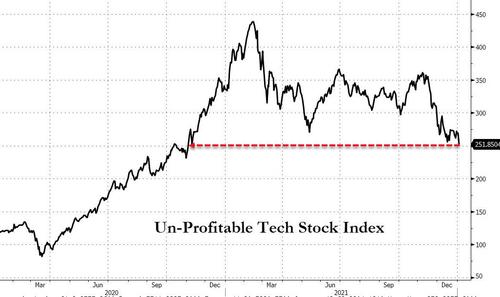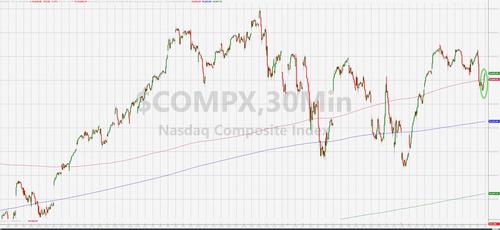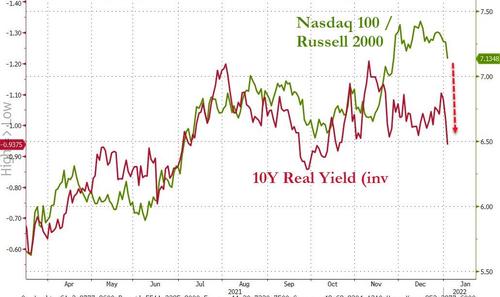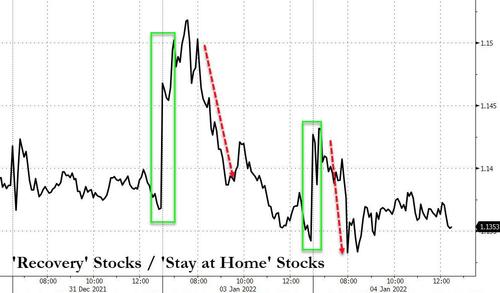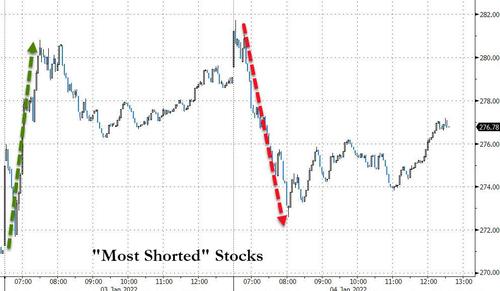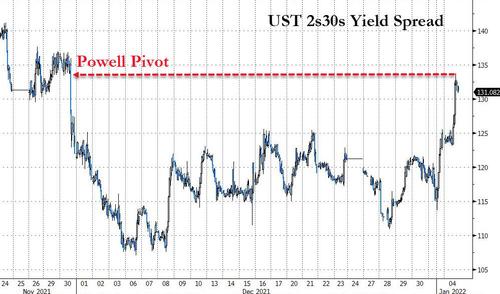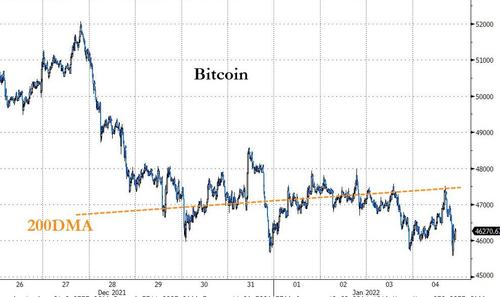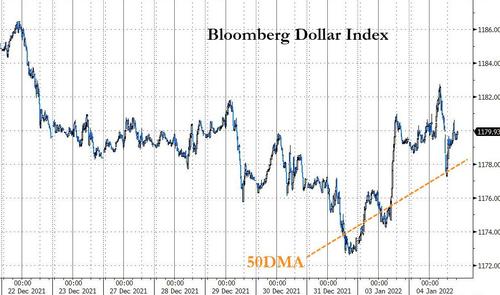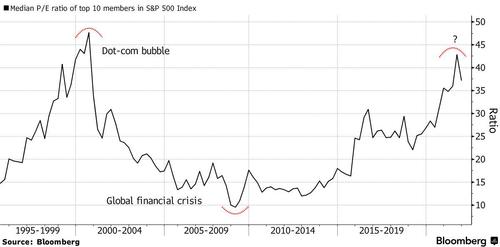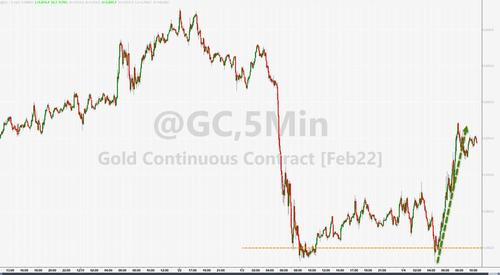From Doe v. Mills, decided today by Chief Judge Jon Levy (D. Me.):
“‘A stay is an intrusion into the ordinary process of administration and judicial review,’ and is therefore ‘not a matter of right,’ but rather is an exercise of discretion.” The First Circuit has cautioned that “stays cannot be cavalierly dispensed: there must be good cause for their issuance; they must be reasonable in duration; and the court must ensure that competing equities are weighed and balanced.” “The proponent of a stay bears the burden of establishing its need.” …
The Plaintiffs contend that good cause for a stay exists because the Supreme Court is likely to grant their petition for writ of certiorari, the case involves a substantial question of law that could be dispositive of the case, and a stay would prevent potentially unnecessary litigation on the merits. For reasons I will explain, these arguments are unpersuasive.
First, the Plaintiffs’ assertion that the Supreme Court is likely to grant the petition for writ of certiorari is unavailing. They argue that although only three Supreme Court Justices voted to grant the injunctive relief they sought in this case, two additional Justices who had concurred in the denial explained that they did not want to analyze the issues raised by the Plaintiffs’ request in the context of an emergency application from one case. The Plaintiffs argue that those two Justices will likely support review through the ordinary petition process now that similar litigation from the Second Circuit has also reached the Supreme Court through a petition for emergency relief.
The Plaintiffs’ argument fails to account for the fact that the two Justices who declined to grant the requested emergency injunctive relief indicated that they viewed the case as a poor candidate for a grant of certiorari. Justice Barrett cautioned against granting emergency relief where the applicant is unlikely to succeed on the merits because, “[w]ere the standard otherwise, applicants could use the emergency docket to force the Court to give a merits preview in cases that it would be unlikely to take.” Justice Kavanaugh joined in this opinion. Although far from certain, Justices Barrett and Kavanaugh’s stated reason for denying emergency injunctive relief suggests that they will not support a grant of certiorari review.
The Plaintiffs’ argument that good cause exists to stay the proceedings because a substantial question of law exists relies singularly on Justice Gorsuch’s dissent from the Supreme Court’s denial of their application for emergency injunctive relief. Justice Gorsuch wrote that “[t]his case presents an important constitutional question, a serious error, and an irreparable injury.” The Plaintiffs characterize this statement as evidence that they are likely to be granted a writ of certiorari, and that good cause exists for this Court to grant a stay.
The Plaintiffs’ argument obscures the fact that Justice Gorsuch wrote in dissent. The Plaintiffs offer no support for the proposition that at least three additional Justices agree with Justice Gorsuch’s assertion absent the development of a trial court record. In addition, as this Court has previously observed, “[b]ased on sheer numbers, the likelihood that the United States Supreme Court will accept any case on certiorari is remote … especially in the absence of a conflict on the issue among circuit courts.” Here, the two Circuit Courts to address the issues presented here have aligned in rejecting the arguments put forth by the Plaintiffs. See Does 1-6 v. Mills (1st Cir. 2021); We The Patriots USA, Inc. v. Hochul (2d Cir. 2021).
The Plaintiffs also argue that because there were two similar New York cases pending review by the Supreme Court on requests for preliminary injunctive relief at the time the Plaintiffs filed their motion to stay proceedings, a merits review of their case is more likely. However, since the Plaintiffs’ filing of their motion to stay proceedings, the Supreme Court has denied injunctive relief in the New York cases. This argument, therefore, lends no support for a stay of this case.
Rather than showing that further development of this case at the trial court level would be unnecessary, the Plaintiffs’ arguments, considered in context, demonstrate that additional development of the record is needed for the full evaluation of the merits of the Plaintiffs’ claims at both the trial and appellate levels….
Next, the Plaintiffs argue that because they sought expedited review of the petition for writ of certiorari, and because the Supreme Court will hold its next case conference on January 7, 2022, the delay in proceedings resulting from the grant of a stay would be minimal. However, on December 6, 2021, the Supreme Court denied the Plaintiffs’ request for expedited review. Additionally, there is no guarantee that the Plaintiffs’ petition will be considered during the January 7, 2022 case conference. The Plaintiffs have not demonstrated, beyond mere conjecture, that a stay, if granted, would be for a reasonable duration….
The Plaintiffs argue that the equities weigh in their favor because granting a stay would benefit the Court and all parties by avoiding potentially unnecessary litigation costs.
In the context of evaluating a request for a stay of proceedings, “[l]itigation expenses, even a ‘substantial and unrecoupable cost,'” do not give rise to hardship or inequity requiring a stay in proceedings. “[B]eing required to defend a suit, without more, does not constitute a ‘clear case of hardship or inequity’ within the meaning of [the relevant precedent].” The Plaintiffs’ responsibility to pay foreseeable litigation costs associated with a civil action that they initiated does not, without more, give rise to unfair hardship or inequity.
On balance, I find that the public’s interest in the speedy and just determination of civil proceedings, particularly a civil proceeding presenting issues of great public importance, favors the denial of the Plaintiffs’ stay request. For reasons I have already explained, the path to the quickest and final resolution of those issues is the timely development of an evidentiary record by this court….
Noting that there is no specific rule that governs a petition to stay federal district court proceedings pending disposition of a petition for certiorari, the Plaintiffs also argue that a stay should be awarded in keeping with the requirements of Federal Rule of Appellate Procedure 41(d)(1), which applies to petitions to stay the mandate of a circuit court pending filing of a petition for certiorari. Under Appellate Rule 41(d)(1), the litigant seeking a stay “must show that the petition would present a substantial question and that there is good cause for a stay.” The MaineHealth- Genesis Provider Defendants also suggest that the rule provides useful, nonbinding guidance for the exercise of this court’s discretion.
The Plaintiffs challenge Maine’s vaccine mandate on First Amendment grounds, arguing that the lack of religious exemption violates the Plaintiffs’ Free Exercise rights and that Title VII’s religious accommodation provisions preempt the vaccine mandate. In their petition for a writ of certiorari, the Plaintiffs seek review of the First Circuit’s affirmance of my denial of a preliminary injunction against Maine’s vaccine mandate for healthcare workers. Since the Plaintiffs’ petition for emergency injunctive relief was denied by the Supreme Court, the Supreme Court also rejected a request for emergency injunctive relief against a similar New York State vaccine mandate. In [that case], as in this case, the circuit court denied injunctive relief.
Accordingly, no circuit court has affirmed a preliminary injunction in a similar case, so there is no split of circuit authority that presents a substantial question for the Supreme Court to resolve. The Supreme Court’s decisions have made clear that, at least at the preliminary injunction stage, a majority of the Justices do not view the First Amendment issue presented here as raising a substantial question in need of immediate resolution. Additionally, as to the Title VII claims, the Plaintiffs have not argued that a substantial question exists….
The post No Stay in <i>Doe v. Mills</i>, the Maine Healthcare Worker Vaccination Mandate Case appeared first on Reason.com.
from Latest – Reason.com https://ift.tt/3EWDU9c
via IFTTT
